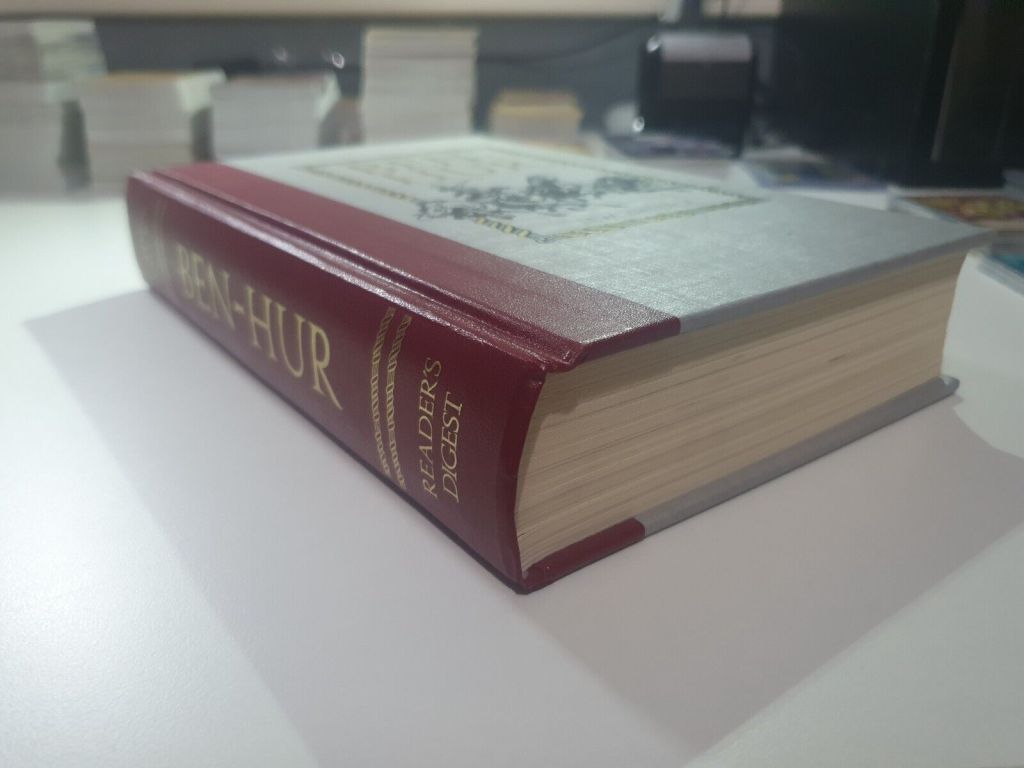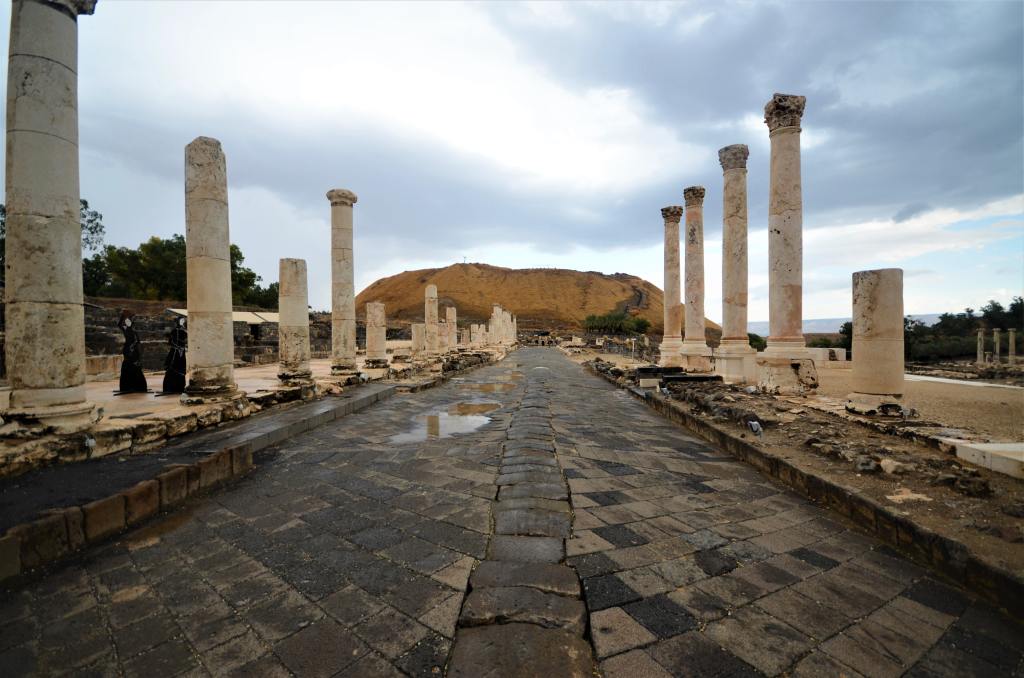
“…to redeem the race, he must make himself once more manifest; HE MUST COME IN PERSON.”
Lew Wallace’s Ben Hur was the highest selling novel of the 19th century; and is also one of the most commonly abridged novels of our time. The edition I read was unabridged, and like most avid readers I’m not at all interested in anything other than the fully story as approved by the author … but, by the time I had finished this book, I could see why. Wallace is unafraid of letting his story lavishly wander about, in terms of setting and in terms of background. Certainly, a modern editorial team would have tried very hard to rein him in.

Photo by Brian Kairuz on Unsplash
Having said all that, I am glad that I read it. Wallace does manage mood and atmosphere very well, and in the strong poignant moments he really excels. He does get you in the feels, and this could be why he stacks so much backgrounding in—for this to work on you.
Much of it is still very interesting to read, and you go along for the ride, but there were points where I really just wanted him to get on with the story. Now, a 19th century readership, particularly an American Christian readership that were not novel-readers, since the form was considered highly un-Christian at the time, would not have found it so: hence its huge popularity; the many filler-scenes and ornately described Holy Land vistas would have been drunk up like thirsty desert travelers. But I became impatient. And even though I don’t specifically recall ever having seen any of the film versions, the plot itself is quite predictable and sometimes lacking in verisimilitude…
Also, the first five chapters which details the backgrounds of the three wise men and how they came to be… the whole book is worth this part. My sense of these characters in the story, and then the wider story of the Christmas narrative will be forever couched in Wallace’s depiction and understanding of them.














